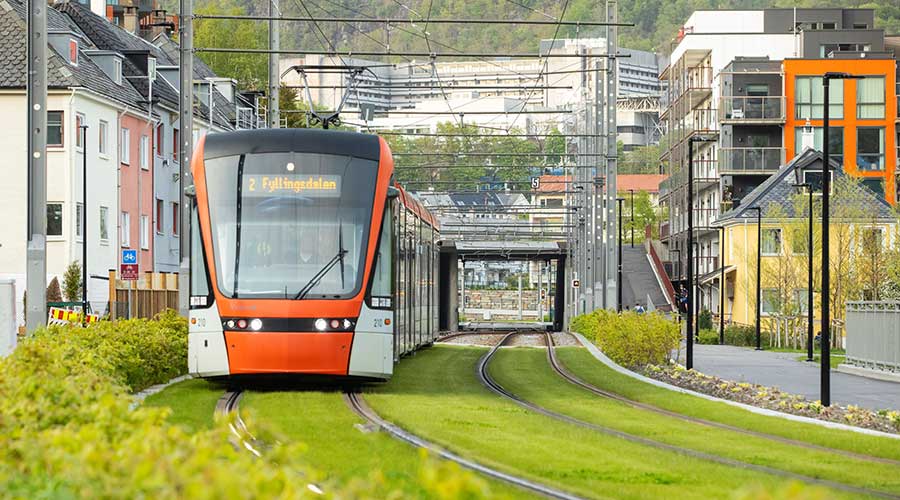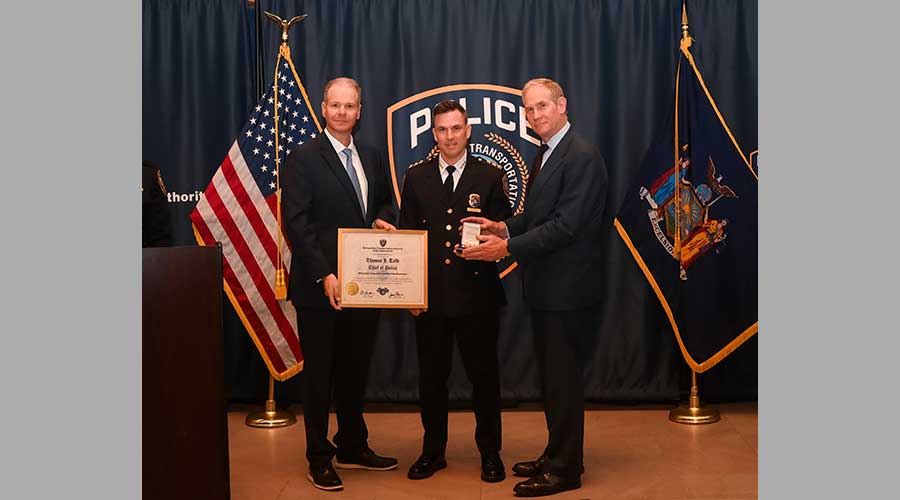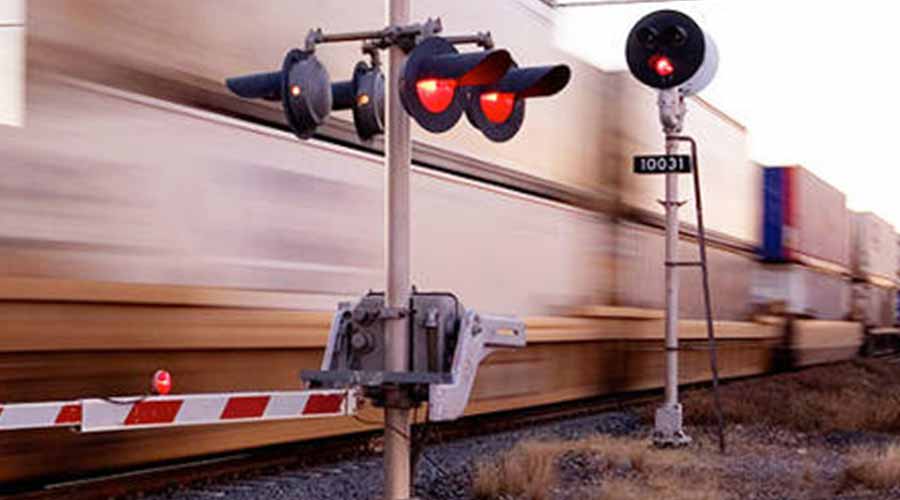Newsletter Sign Up
Stay updated on news, articles and information for the rail industry
Stay updated on news, articles and information for the rail industry
RAIL EMPLOYMENT & NOTICES
Rail News Home
Passenger Rail
Rail News: Passenger Rail
Today, non-profit research organization RAND Corp. released a “Securing America’s Passenger-Rail Systems” study, which outlines ways rail security officials can develop cost-effective plans to protect their passenger-rail systems from terrorist attacks.
RAND researchers identified 17 security improvement options, such as canine teams, vehicle surveillance systems and blast-resistant containers, and assessed each option’s effectiveness when deployed in different parts of a rail system. They then examined 11 potentially vulnerable system locations, such as underground infrastructure, ground-level stations and elevated lines, and subjected them to eight forms of attack, including bombings, incendiaries and unconventional weapons.
In addition, using a “generic” heavy-rail system as an intended target, researchers took data from past passenger-rail system terrorist attacks to develop a risk assessment.
Among the lessons learned: Security measures must address the threat of explosive devices, and while attacks from chemical and radiological weapons are unlikely, the potentially serious results from such an attack are cause for concern, RAND said.
Researchers also identified four broad categories of cost-effective security measures that transit agencies should consider:
• “relatively inexpensive” solutions with high effectiveness, such as enhanced security training;
• additional inexpensive solutions with reasonable levels of effectiveness, such as installing retractable bollards at entrances and exits of the central systems operations center and power plant;
• slightly more expensive solutions with the highest effectiveness, such as installing fixed barriers at curbsides adjacent to all entrances and passageways leading to ground-level and underground stations; and
• relatively expensive long-term solutions, such as rail vehicle surveillance systems.
The study is available online at www.rand.org.
12/11/2007
Rail News: Passenger Rail
RAND study recommends ways to secure passenger-rail systems
advertisement
Today, non-profit research organization RAND Corp. released a “Securing America’s Passenger-Rail Systems” study, which outlines ways rail security officials can develop cost-effective plans to protect their passenger-rail systems from terrorist attacks.
RAND researchers identified 17 security improvement options, such as canine teams, vehicle surveillance systems and blast-resistant containers, and assessed each option’s effectiveness when deployed in different parts of a rail system. They then examined 11 potentially vulnerable system locations, such as underground infrastructure, ground-level stations and elevated lines, and subjected them to eight forms of attack, including bombings, incendiaries and unconventional weapons.
In addition, using a “generic” heavy-rail system as an intended target, researchers took data from past passenger-rail system terrorist attacks to develop a risk assessment.
Among the lessons learned: Security measures must address the threat of explosive devices, and while attacks from chemical and radiological weapons are unlikely, the potentially serious results from such an attack are cause for concern, RAND said.
Researchers also identified four broad categories of cost-effective security measures that transit agencies should consider:
• “relatively inexpensive” solutions with high effectiveness, such as enhanced security training;
• additional inexpensive solutions with reasonable levels of effectiveness, such as installing retractable bollards at entrances and exits of the central systems operations center and power plant;
• slightly more expensive solutions with the highest effectiveness, such as installing fixed barriers at curbsides adjacent to all entrances and passageways leading to ground-level and underground stations; and
• relatively expensive long-term solutions, such as rail vehicle surveillance systems.
The study is available online at www.rand.org.


 2025 MOW Spending Report: Passenger-rail programs
2025 MOW Spending Report: Passenger-rail programs
 Gardner steps down as Amtrak CEO
Gardner steps down as Amtrak CEO
 Guest comment: Oliver Wyman’s David Hunt
Guest comment: Oliver Wyman’s David Hunt
 Women of Influence in Rail eBook
Women of Influence in Rail eBook
 railPrime
railPrime







